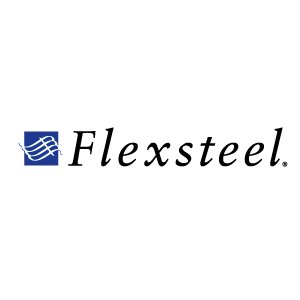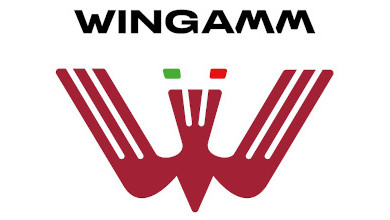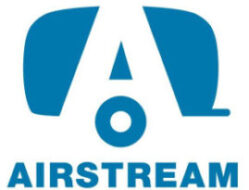Flexsteel Reports Decline in Net Sales

Flexsteel Industries has reported its first quarter financial results showing net sales were $113.5 million, down 5.3 percent to the same quarter in the previous year. Residential decreased 5.6 percent within the quarter primarily driven by products sold through ecommerce. The company experienced higher returns, allowances and promotional costs related to the sales of its ecommerce products as these sales continue to stabilize after the partial implementation of the business information system in the fourth quarter.
On a sequential quarter basis, ecommerce product volume improved mid-single digits. Contract net sales decreased 3.3 percent due to volume declines in commercial office products as we intentionally scaled back our offering in this category to improve profitability offset by strong double-digit growth in our recreational vehicle products.
Gross margin as a percent of net sales for the quarter ended Sept. 30 was 19.2 percent compared to 21.8 percent for the prior year quarter. Higher labor costs drove approximately 200 basis points of deterioration in the fiscal first quarter in comparison to the prior year quarter. Pricing initiatives fully offset inflation in steel, plywood and poly foam in the first quarter. The classification of certain rebates as a reduction of sales to be consistent with ASC Topic 606 also impacted the first quarter results compared to prior year quarter.
Quarter results were impacted by higher costs associated with the new business information system, initial phases of relocating the Dubuque operation to its new facility and lost volume leverage, partially offset by the classification of certain rebates as a reduction of sales to be consistent with ASC Topic 606.
Last, import tariffs were implemented late in the first fiscal quarter. Flexsteel participated in the October High Point Market and is anticipating potential for volume declines if the tariff is escalated to 25 percent.
Flexsteel has reduced acquisition costs and increased prices to mitigate but not eliminate the tariff impact. If new tariffs are levied, additional cost reductions and price increases would be required to mitigate negative impacts on the business. Current and future price increases may have an adverse impact on volume. Inability to reduce acquisition costs or pass through pricing to mitigate the tariffs poses significant risk to current and future earnings.


